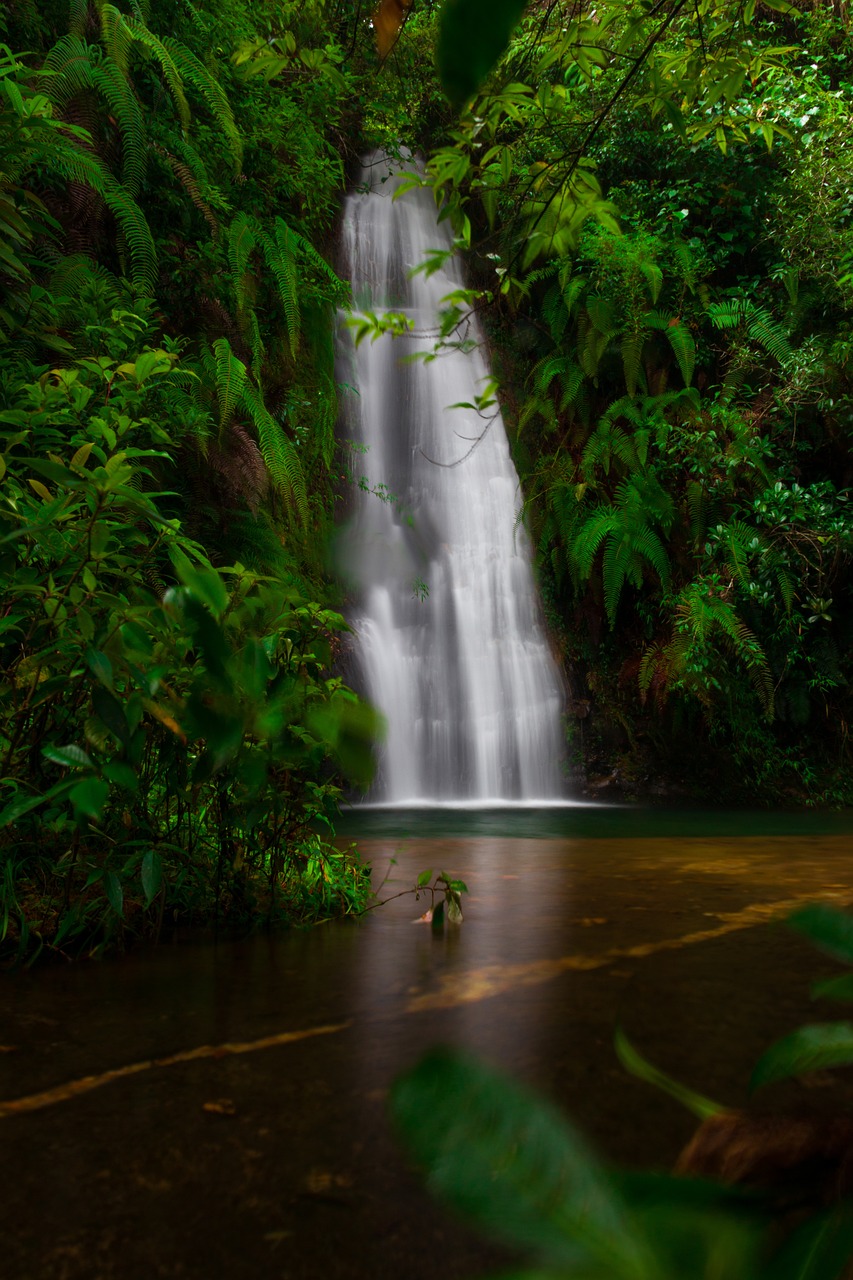Arunachal Pradesh, the northeasternmost state of India, is often called the “Land of the Rising Sun.” Known for its snow-capped mountains, lush valleys, pristine rivers, dense forests, Buddhist monasteries, and diverse tribal culture, this state is one of India’s most enchanting destinations. For travelers planning a visit, knowing the best time to visit Arunachal Pradesh is crucial to make the most of the trip, whether for adventure, sightseeing, or cultural experiences.
Understanding Arunachal Pradesh’s Climate
Arunachal Pradesh has a varied climate due to its diverse geography. The state is divided into four major zones – the western Himalayas in Tawang, the central hills in Ziro and Itanagar, the lower valleys near Pasighat, and the eastern regions like Roing and Changlang. Each region experiences different weather patterns:
- Winter (November to February): Cold, especially in higher altitudes like Tawang, with occasional snowfall. Lower regions remain chilly but accessible.
- Summer (March to June): Pleasant weather across the state, perfect for sightseeing, trekking, and outdoor adventures.
- Monsoon (July to September): Heavy rainfall leads to landslides in some areas, making travel challenging. Rivers and waterfalls are full, creating beautiful scenic views, but road conditions may be difficult.
Understanding these patterns helps travelers plan the best time to visit Arunachal Pradesh for their preferred activities.
Winter – A Snowy Wonderland
The winter season in Arunachal Pradesh, from November to February, is ideal for travelers who love snow and serene landscapes. Tawang, a prominent tourist spot, transforms into a winter wonderland with snow-capped mountains, frozen lakes, and frosty valleys. Popular winter activities include:
- Exploring Tawang Monastery amidst snow.
- Trekking to Sela Pass and nearby snow-covered peaks.
- Experiencing cultural festivals like Losar in Tibetan regions.
The winter months are the best time to visit Arunachal Pradesh for snow lovers and photographers who want to capture the Himalayan beauty at its peak. However, travelers should prepare for cold temperatures and possible snowfall in higher altitudes.
Summer – Ideal for Sightseeing and Adventure
The summer months from March to June are the most popular for tourism in Arunachal Pradesh. During this period, temperatures are mild, ranging from 15°C to 30°C, and the weather is comfortable across the state. Summer is the best time to visit Arunachal Pradesh for:
- Trekking in Ziro Valley and Dirang.
- River rafting and water sports in Pasighat and Bhalukpong.
- Sightseeing in Tawang, Bomdila, Roing, and Mechuka.
- Wildlife exploration in Namdapha National Park.
This season is also perfect for cultural exploration, as local festivals and traditional events take place in several towns, offering travelers a chance to witness Arunachal Pradesh’s vibrant tribal culture.
Monsoon – Lush Green Landscapes
While the monsoon season (July to September) brings heavy rainfall, it transforms Arunachal Pradesh into a green paradise. Waterfalls are at their full flow, rivers are gushing, and the valleys are lush and rejuvenated. Travelers seeking natural beauty, photography, and a tranquil experience may choose the monsoon. Popular attractions during this time include:
- Nuranang Falls in Tawang.
- Mechuka Valley and its surrounding hills.
- Trekking trails in Ziro and Bomdila.
However, heavy rains can make travel difficult, and landslides in hilly regions are common. For safety and convenience, monsoon is usually avoided by first-time visitors. Still, for those seeking solitude and natural splendor, it offers a unique experience.
Autumn – Clear Skies and Festivals
Autumn, from October to November, is another excellent time to travel to Arunachal Pradesh. After the monsoon, the weather becomes clear, rivers and waterfalls are full, and landscapes are vibrant. This season is considered one of the best times to visit Arunachal Pradesh for:
- Trekking and camping in Ziro, Dirang, and Mechuka.
- Visiting Tawang Monastery and Sela Pass with clear views of snow-capped mountains.
- Experiencing tribal festivals such as Solung, Losar, and Mopin.
The mild temperatures and post-monsoon greenery make this period ideal for sightseeing, adventure, and photography.
Region-Specific Recommendations
- Tawang & West Arunachal Pradesh: November to March for snow; April to June for trekking and sightseeing.
- Ziro Valley & Central Arunachal: March to June and October to November for outdoor activities and music festivals.
- Lower Arunachal Pradesh (Pasighat, Bhalukpong): October to April for river rafting and adventure activities.
- Eastern Arunachal Pradesh (Roing, Changlang, Anini): October to June for trekking and nature exploration.
Considering the regional climate variations ensures that travelers choose the best time to visit Arunachal Pradesh for their preferred destinations.
Travel Tips for the Best Time
- Carry warm clothes if traveling during winter, especially to Tawang and Bomdila.
- Bring waterproof gear during the monsoon for safety and comfort.
- Book accommodations in advance during peak tourist seasons (summer and autumn).
- Check local festival dates to experience the cultural richness of Arunachal Pradesh.
- Avoid heavy rainfall periods in hilly areas to prevent travel disruptions.
Conclusion
Arunachal Pradesh is a paradise for nature lovers, adventure enthusiasts, and cultural explorers. The best time to visit Arunachal Pradesh depends on your interests: snow and winter landscapes (November–February), adventure and sightseeing (March–June), lush greenery (July–September), or festivals and clear skies (October–November). By choosing the right season, travelers can make the most of this mesmerizing northeastern state and explore its monasteries, valleys, wildlife, rivers, and tribal culture without any hindrance.
Arunachal Pradesh is not just a destination; it is a journey into untouched nature, vibrant traditions, and breathtaking landscapes. Planning your trip according to the best time to visit Arunachal Pradesh ensures an unforgettable travel experience that remains etched in memory forever.



